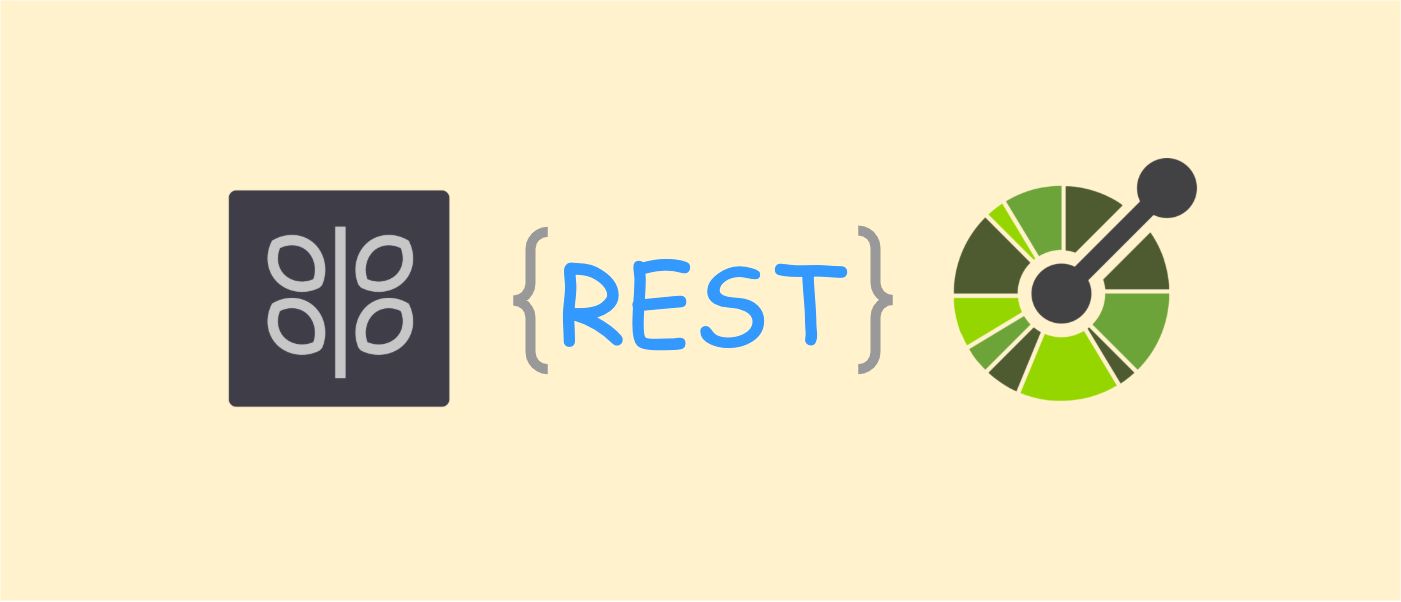This is a 5 minutes tutorial how-to-use Oat++ (AKA oatpp) web framework to build your own C++ performant web-service and integrate it with Swagger-UI.
Pre Requirements
- For Mac/Linux: Git, build-essentials, CMake.
- For Windows: Git, CMake, MSVC.
Install Oat++
Clone oatpp repo:
$ git clone https://github.com/oatpp/oatpp
$ cd oatpp/On Mac/Linux:
$ mkdir build && cd build/
$ cmake ..
$ make installFor more detailed instructions see - installing Oat++ on Unix/Linux.
On Windows:
$ MD build
$ cd build/
$ cmake ..
$ cmake --build . --target INSTALLFor more detailed instructions see - installing Oat++ on Windows.
Now we are able to build services using Oat++. It is a zero-dependency framework, so NO additional installations are required.
Build and Run Starter Project
Clone “oatpp-starter”
$ git clone --depth=1 https://github.com/oatpp/oatpp-starter my-service
$ cd my-service/Build “oatpp-starter” on Mac/Linux
$ mkdir build && cd build/
$ cmake ..
$ makeBuild “oatpp-starter” on Windows
$ MD build
$ cd build/
$ cmake ..
$ cmake --build .Run compiled executable:
- Mac/Linux -
$ ./my-project-exe - Windows -
$ .\src\Debug\my-project-exe.exe
Now go to localhost:8000 and make sure that you can see the response from server
{"statusCode": 200, "message": "Hello World!"}Project Structure
- src/
|
|- controller/
| |
| |- MyController.hpp // Endpoints are declared here
|
|- dto/
| |
| |- DTOs.hpp // DTOs are here
|
|- App.cpp // main is here
|- AppComponent.hpp // Application components configuration- MyController class - contains declared endpoints and their info together with additional Swagger annotations.
- MyDto class - resides in DTOs.hpp. Describes the Data-Transfer-Object used in the "Hello World" response mentioned above. In oatpp DTOs are used in ObjectMapping and Serialization/Deserialization.
- App.cpp file - this is an applications' entry point. Here Application Components are loaded, Controllers' endpoints are added to the Router, and the server starts.
- AppComponent class - basically it is a collection of components that will be loaded on application start. Here we configure things like which ConnectionProvider to use, port to listen to, which ObjectMapper to use.
Integrate Swagger-UI
To integrate Swagger-UI in the project we have to do the following:
- Clone and install oatpp-swagger module
- Add oatpp-swagger to CMakeLists.txt
- Add corresponding code to AppComponent.hpp and App.cpp
Install oatpp-swagger
$ git clone https://github.com/oatpp/oatpp-swagger
$ cd oatpp-swagger/Linux/Mac:
$ mkdir build && cd build/
$ cmake ..
$ make installWindows:
$ MD build
$ cd build/
$ cmake ..
$ cmake --build . --target INSTALLAdd oatpp-swagger to CMakeLists.txt
...
## add libs
find_package(oatpp 1.1.0 REQUIRED)
find_package(oatpp-swagger 1.1.0 REQUIRED) # <-- add this
target_link_libraries(${project_name}-lib
PUBLIC oatpp::oatpp
PUBLIC oatpp::oatpp-swagger # <-- add this
)
## define path to swagger-ui res folder
add_definitions(
-DOATPP_SWAGGER_RES_PATH="${OATPP_BASE_DIR}/bin/oatpp-swagger/res"
) # <-- add this
...AppComponent.hpp
Here we add
oatpp::swagger::DocumentInfo oatpp::swagger::Resources #include "oatpp-swagger/Model.hpp"
#include "oatpp-swagger/Resources.hpp"
...
class AppComponent {
...
/**
* General API docs info
*/
OATPP_CREATE_COMPONENT(
std::shared_ptr<oatpp::swagger::DocumentInfo>,
swaggerDocumentInfo
)([] {
oatpp::swagger::DocumentInfo::Builder builder;
builder
.setTitle("My Demo Service with Swagger-UI")
.setDescription("C++/oat++ Web Service with Swagger-UI")
.setVersion("1.0")
.setContactName("Mr. Developer")
.setContactUrl("https://oatpp.io/")
.setLicenseName("Apache License, Version 2.0")
.setLicenseUrl("http://www.apache.org/licenses/LICENSE-2.0")
.addServer("http://localhost:8000", "server on localhost");
return builder.build();
}());
/**
* Swagger-Ui Resources
*/
OATPP_CREATE_COMPONENT(
std::shared_ptr<oatpp::swagger::Resources>,
swaggerResources
)([] {
return oatpp::swagger::Resources::loadResources(
OATPP_SWAGGER_RES_PATH
);
}());
};App.cpp
Here we add
oatpp::swagger::Controller#include "oatpp-swagger/Controller.hpp"
...
void run() {
...
auto docEndpoints =
oatpp::swagger::Controller::Endpoints::createShared();
docEndpoints->pushBackAll(myController->getEndpoints());
auto swaggerController =
oatpp::swagger::Controller::createShared(docEndpoints);
swaggerController->addEndpointsToRouter(router);
...
}Now if everything is ok, and
OATPP_SWAGGER_RES_PATHAdditional Info for Endpoint
Our endpoint is already present in the document with the proper method and path. Oat++ automatically documents most of the endpoints’ info, such as endpoint name, method, path, parameter names, and parameter types. However, there are things that should be specified explicitly.
Annotate endpoint with additional information
In the file MyController.hpp we add
ENDPOINT_INFOENDPOINTENDPOINT_INFO(root) {
info->summary = "Root endpoint with 'Hello World!!!' message";
info->addResponse<Object<MyDto>>(
Status::CODE_200,
"application/json"
);
}
ENDPOINT("GET", "/", root) {
auto dto = MyDto::createShared();
dto->statusCode = 200;
dto->message = "Hello World!";
return createDtoResponse(Status::CODE_200, dto);
}Build, Run, and go to http://localhost:8000/swagger/ui in the browser. Refresh
Notice, that summary is added to the endpoint and MyDto schema automatically documented in the Models.
Expand endpoint info and check that response is documented correctly
Basically that’s it 🎉
Now we have Swagger-UI integrated into our project and we can easily add and document endpoints!
Add endpoint
Let’s add one more "echo" endpoint and see how it is documented in the swagger.
In the file MyController.hpp:
ENDPOINT_INFO(echo) {
info->summary = "Echo endpoint with custom message";
info->addResponse<Object<MyDto>>(
Status::CODE_200,
"application/json"
);
}
ENDPOINT("POST", "/echo/status/{status}", echo,
PATH(Int32, status), BODY_STRING(String, message)) {
auto dto = MyDto::createShared();
dto->statusCode = status;
dto->message = message;
return createDtoResponse(Status::CODE_200, dto);
}Build and run… Refresh…
Expand echo endpoint info - you can see the "status" and "Request Body" parameters:
Put in some values:
Execute the request and verify that you have a correct response from the server:
That’s it. You may experiment by adding more endpoints, playing with parameters, and DTO-fields to see how it is being documented in Swagger-UI.
Useful Links
- oatpp repository - https://github.com/oatpp/oatpp
- oatpp-swagger repository - https://github.com/oatpp/oatpp-swagger
- Complete example project with basic CRUD implementation - https://github.com/oatpp/example-crud


